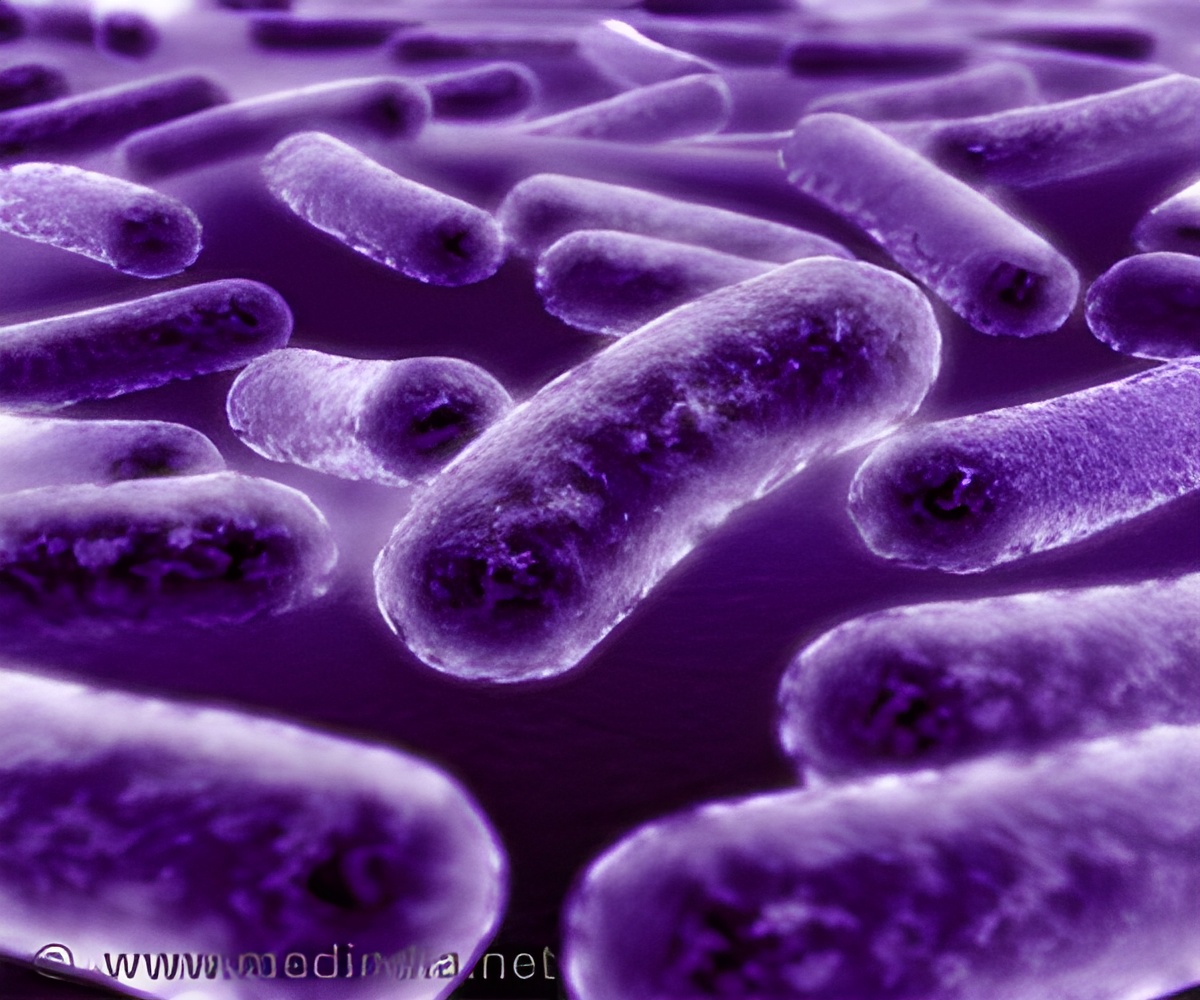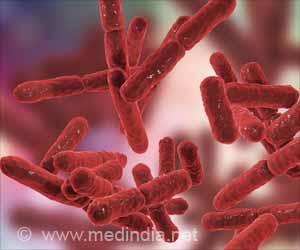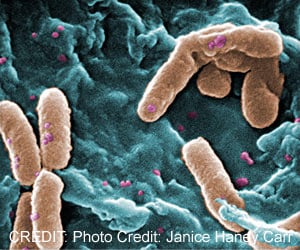To detect antibiotic resistance, a new device based on the principle of rate of electron transfer has been developed. This device reduces the time required for testing to five hours.

TOP INSIGHT
Antibiotic resistance is a serious problem which increases mortality. To detect antibiotic resistance, a new device based on the principle of rate of electron transfer has been developed. This device reduces the time required for testing to five hours. Lower rate of electron transfer indicates that the antibiotic is effective.
Read More..
In the current method of antibiotic testing, sample of bacteria taken from the patient (blood, sputum, urine) is sent to the laboratory where the cultures grown with and without the antibiotics are compared. This is a time consuming process and requires 1 to 2 days which can lead to increase in mortality, overall cost and the length of hospital stay.
This slows done the fight against the antibiotic-resistance.
Associate Professor Seokheun ‘Sean’ Choi of the Department of Electrical and Computer Engineering at Binghamton University’s Thomas J. Watson College of Engineering and Applied Science — is researching a faster way to test bacteria for antibiotic resistance.
He said, “To effectively treat the infections, we need to select the right antibiotics with the exact dose for the appropriate duration. There’s a need to develop an antibiotic-susceptibility testing method and offer effective guidelines to treat these infections.”
The principle for the antibiotic resistance device is same as that of biobatteries- Bacterial electron transfer which is a chemical process that certain microorganisms use for growth, overall cell maintenance and information exchange with surrounding microorganisms.
Choi said, “We leverage this biochemical event for a new technique to assess the antibiotic effectiveness against bacteria without monitoring the whole bacterial growth. As far as I know, we are the first to demonstrate this technique in a rapid and high-throughput manner by using paper as a substrate.”
The process is as follows- a medical team will collect the sample from the patient, inoculate the bacteria with antibiotics for a few hours and then measure the rate of electron transfer.
A lower rate of electron transfer would mean that the antibiotics are working.
Choi said,“The hypothesis is that the antiviral exposure could cause sufficient inhibition to the bacterial electron transfer, so the readout by the device would be sensitive enough to show small variations in the electrical output caused by changes in antibiotic effectiveness.”
Using this device, in just five hours the result of the antibiotic resistance can be obtained.This will serve as an important point-of-care diagnostic tool, especially in those areas with limited resources.
A prototype device having eight sensors printed on its paper surface has been built with funding from the National Science Foundation and the U.S. Office of Naval Research. The sensors can be increased to 64 or 96 if the medical professionals wanted to build other tests into the device.
Further research on this device will continued. Choi said,“ Although many bacteria are energy-producing, some pathogens do not perform extracellular electron transfer and may not be used directly in our platform. However, various chemical compounds can assist the electron transfer from non-electricity-producing bacteria.”
He added, “For instance, E. coli cannot transfer electrons from the inside of the cell to the outside, but with the addition of some chemical compounds, they can generate electricity. Now we are working on how to make this technique general to all bacteria cells.”
Source-Medindia
 MEDINDIA
MEDINDIA



 Email
Email










